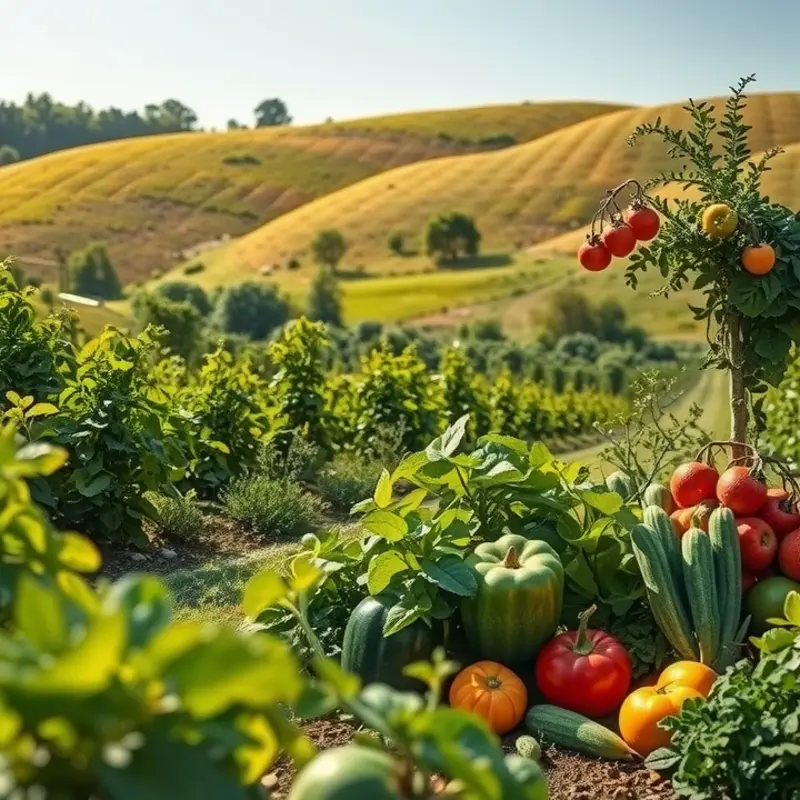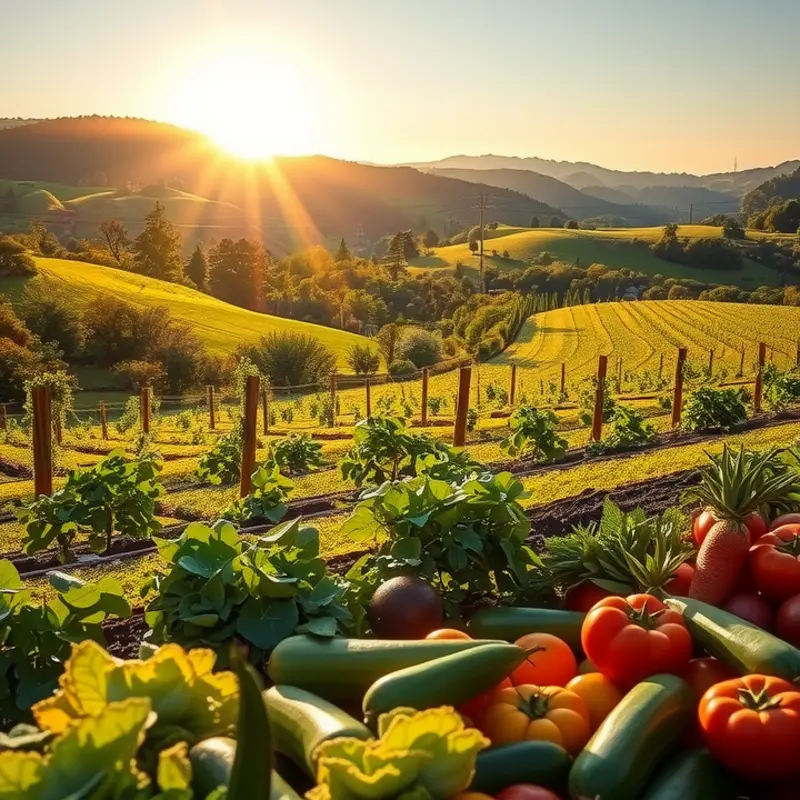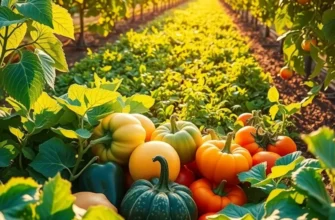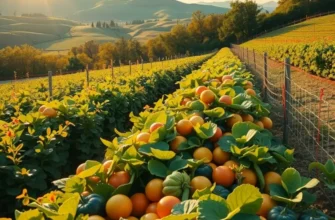Choosing ethical produce is not only a way to nourish yourself but also a powerful statement for the environment. By opting for sustainable farming practices and local sourcing, individuals can significantly reduce their carbon footprint while supporting community farmers. This guide equips you with the knowledge to navigate the grocery store with confidence, facilitating a connection between personal health and environmental stewardship. Together, let’s explore the path to making informed, eco-friendly food choices that align with your values.
Understanding Sustainable Farming Practices

Sustainable farming is rooted in the principle of cultivating food while maintaining ecological balance, promoting environmental health, and supporting human well-being. Unlike conventional methods that often deplete resources and harm ecosystems, sustainable practices focus on long-term resilience.
One of the core tenets of sustainable farming is soil health. Healthy soil is rich in organic matter, supports nutrient cycling, and houses a diverse community of organisms. Techniques such as crop rotation, cover cropping, and reduced tillage enhance soil fertility and structure, thus preventing erosion and improving water retention. By nurturing the soil in this way, farmers reduce the need for chemical fertilizers, which often lead to pollution.
Water management is another priority. Efficient use of water resources through drip irrigation and rainwater harvesting minimizes wastage and reduces the impact on local water sources. By protecting waterways from agricultural runoff, sustainable practices also help preserve aquatic ecosystems.
Promoting biodiversity is crucial in sustainable farming. Integrated Pest Management (IPM) is an approach that minimizes chemical pesticide use by using natural predators and crop diversity to manage pest populations. Biodiverse farms are more resilient to diseases and environmental changes, ensuring a stable production of high-quality food.
Furthermore, sustainable systems prioritize animal welfare. Livestock are raised in humane conditions, with access to pasture, which improves their health and reduces the spread of disease. This approach often enhances the nutritional profile of animal products, providing healthier options for consumers.
The benefits of sustainable farming extend beyond the environment. By consuming sustainably grown produce, individuals can enjoy fresher, more nutritious food. Nutrient-dense produce is richer in essential vitamins and minerals due to the healthy growing conditions. You can explore more on how to make eco-friendly kitchen choices here.
While transitioning to eco-friendly food choices can seem daunting, it’s essential for a sustainable future. Supporting farms that engage in sustainable practices not only helps the environment but also fosters a healthier food system. By understanding these methods, consumers can make informed choices that benefit both personal health and the planet, creating a positive cycle of sustainability in food consumption.
Navigating Grocery Store Choices

Choosing ethical produce while shopping can be a fulfilling way to contribute to environmental sustainability. A first step is knowing how to read labels effectively. This involves understanding what various certifications and statements indicate. Certifications like ‘USDA Organic’ or ‘Fair Trade Certified’ provide assurance that certain ecological and social standards are met. However, not all labels are created equal, so it helps to research the standards behind each one.
Another aspect to consider is the origin of the produce. Prioritizing seasonal and local options is key to reducing your carbon footprint. Seasonal produce requires fewer resources to grow and transport. Local farmers often minimize the distance food travels, which cuts down on emissions. Visiting farmers’ markets can be an excellent way to support local agriculture and ensures fresher products on your table.
To dive deeper into the concept of labeling, organic produce offers a notable case study. Organic labels signify that foods were grown without synthetic pesticides, which is beneficial for the environment and your health. However, there are degrees to organic certification, ranging from partially organic ingredients to 100% organic. Learning the distinctions can aid in making purchasing decisions that reflect your values.
Understanding food certifications can also be practical when budgeting. Premium certification labels might come at a higher price, so prioritizing which aspects matter most to you—such as reducing pesticide exposure or supporting fair wages—can help balance costs.
To streamline your ethical produce selection, maintain a flexible shopping list. Based on weekly availability, be willing to substitute ingredients with similar nutritional profiles. This approach aligns with sustainable habits by minimizing food waste and fostering dietary variety. For practical tips on incorporating flexibility in shopping and meal prep, consider exploring ingredient batching techniques.
When aligning your choices with eco-friendly goals, being informed and adaptable are critical. Evaluating labels, prioritizing local and seasonal items, and understanding more about certification processes and their impacts can guide you in transforming everyday shopping into a sustainable practice. Through these informed decisions, each trip to the grocery store becomes a step towards not just nourishing yourself, but the planet as well.
Final words
Choosing ethical produce is a meaningful journey towards a healthier planet. By understanding sustainable farming methods and enhancing your grocery shopping skills, you’re making a positive impact on both the environment and your health. Remember, every small decision counts and contributes to a larger movement towards sustainability. With your awareness and commitment, you can inspire others to join in this critical mission. Embrace your role as a conscious consumer and advocate for a greener future—one meal at a time.








